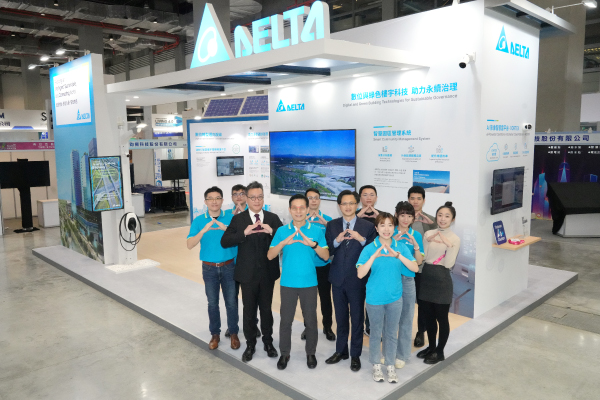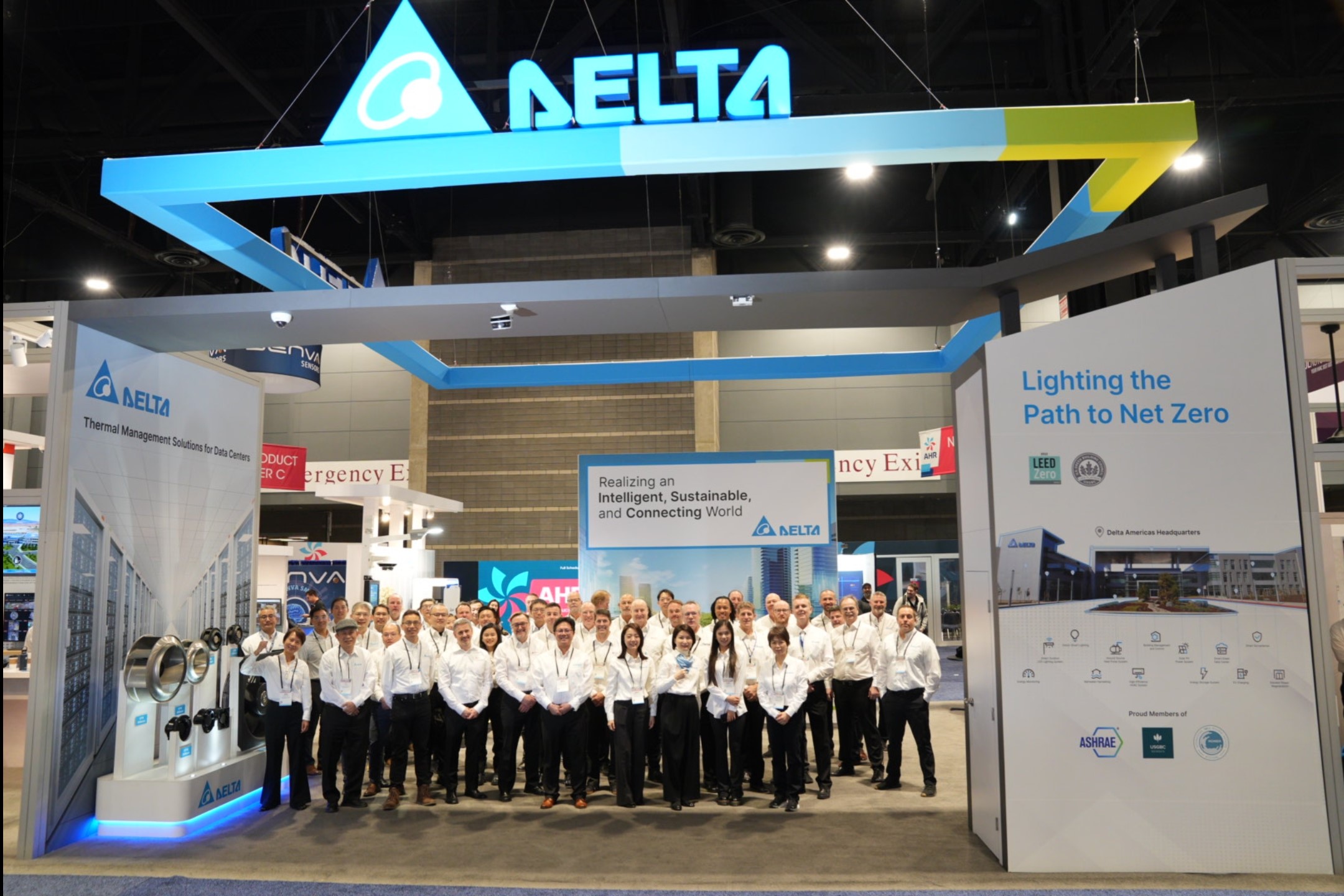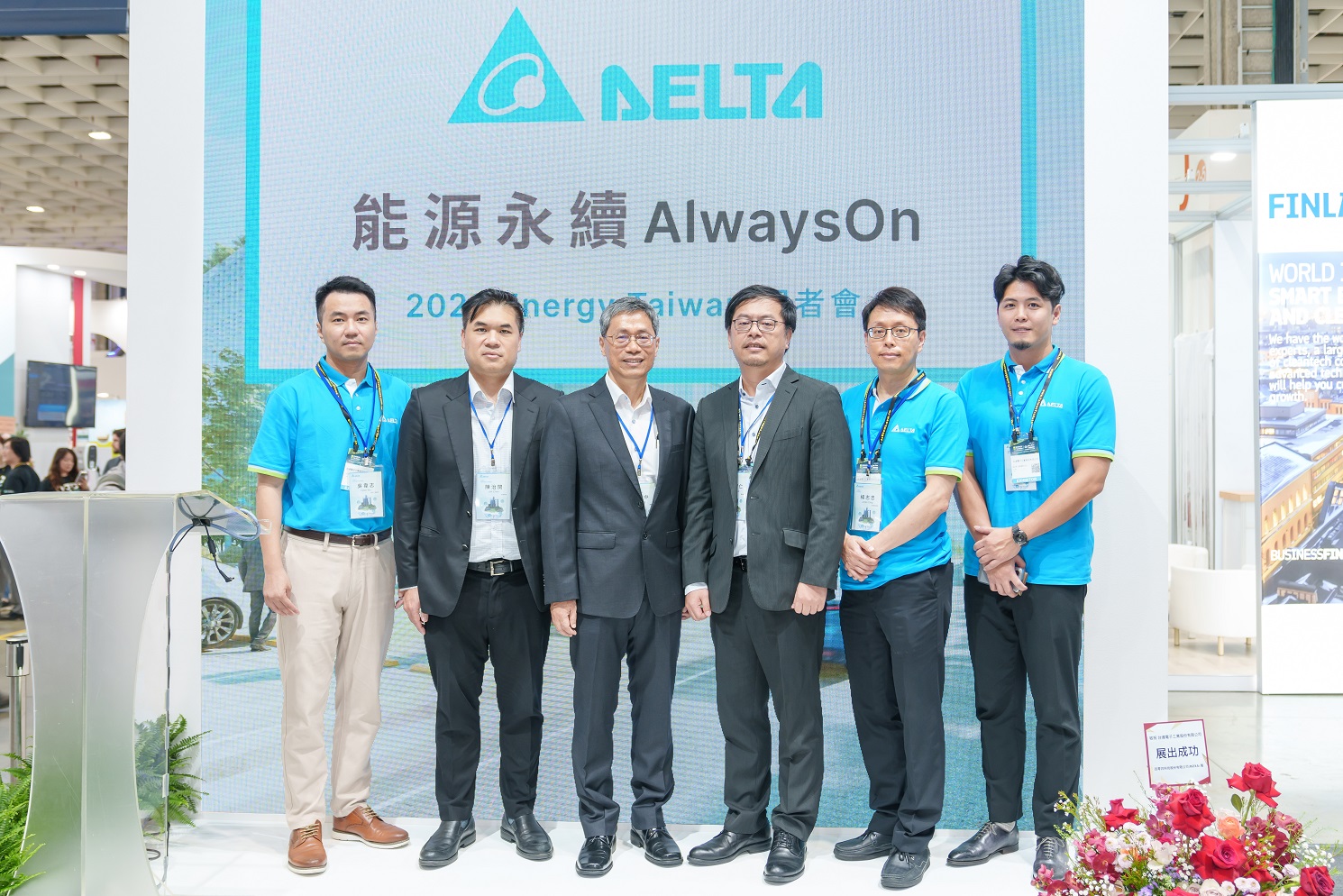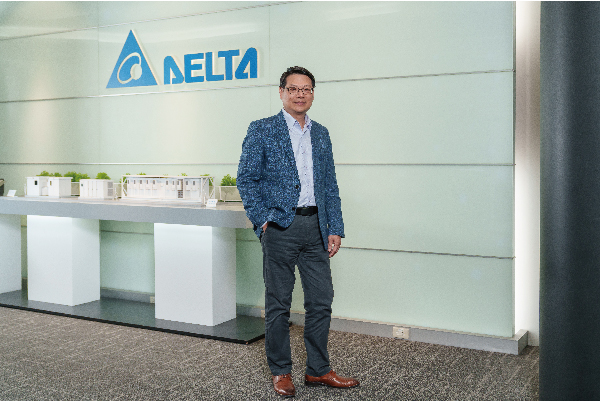The Internet of Things (IoT) is the foundation of the Artificial Intelligence of Things (AIoT) and is known as the Industrial Internet of Things (IIoT) when applied in smart factories. IIoT requires higher system reliability and faster response compared with general IoT, where the IoT platform must meet stringent industrial specifications.No matter if it’s the Computer Integrated Manufacturing (CIM) reference models dating back to 1989 or Industry 4.0 (Reference Architecture Model for Industrial 4.0, also known as RAMI 4.0) that arose in 2011, workshop digitization is always the fundamental first step to achieving a plant’s digital transformation.
The digital transformation of manufacturing enterprises requires information flows that transmit through workshops vertically and horizontally. For the vertical level, industrial components and manufacturing equipment are involved, and all the data acquired is transmitted and uploaded to the Manufacturing Execution System (MES). The horizontal level encompasses the entire manufacturing process including collecting customer orders from ERP, converting customer orders to work orders for manufacturing, and to finishing the products. The IIoT (industrial Internet of Things) is the key crucial to successfully implementing data integration on both vertical and horizontal levels.
During the manufacturing process of factories, a large amount of information is generated from the equipment layer (a.k.a. Operation Technology layer, i.e. OT layer), including process data (e.g. traceable histories), equipment engineering parameters data, and asset data (e.g. tuning parameters and inspection of the work-in-process). Delta has been dedicated to the field of industrial automation for many years and has a thorough understanding that the connectivity of industrial components such as sensors, drives, motion controllers, and industrial communication modules must be standardized, modulized, and connected to the IIoT platform. This builds the cornerstone for a smart factory that can then migrate to the cyber-physical integrated Industry 4.0.
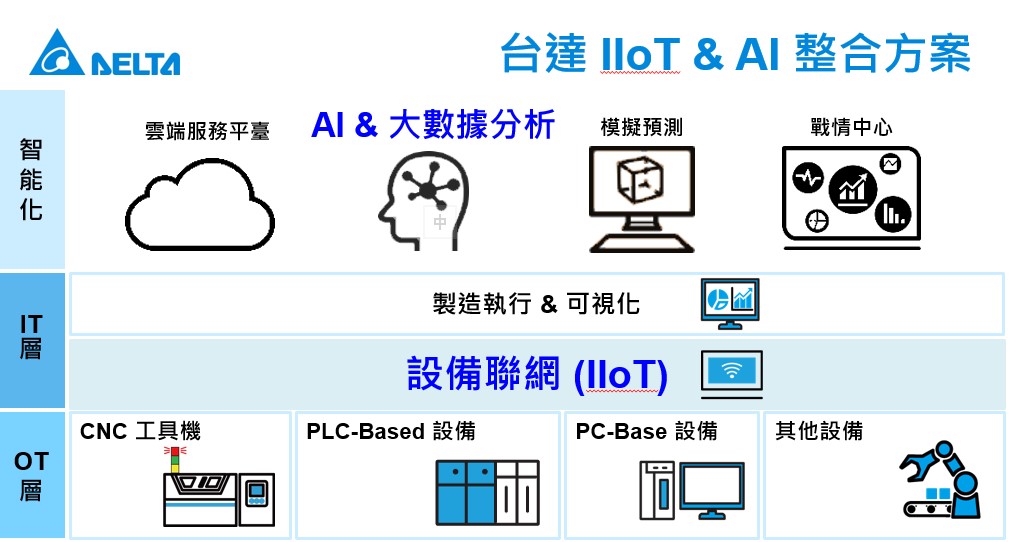
The framework for Delta’s IIoT–AI integration solutions
IIoT–AI integration for building smart factories
Delta has implemented AI and IoT technologies in its plants to achieve smart manufacturing. For example, automated optical inspection (AOI) implements an AI algorithm on an IIoT platform and is successfully applied to passive component inspection. The computation plus real-time online image recognition achieves self-learning with a high precision fast response in microseconds and an accuracy of over 99.5% with zero omission of defects. Delta makes further use of AI technologies to precisely identify over 50 kinds of defects during various manufacturing processes for display panels, replacing 60% of manual re-inspection and achieving high product quality. With its continuously expanding AI technology applications, Delta gets great results for anomaly sound inspection of fan/motor operations.
Vertical Integration of AIoT
With its depth of experience, Delta has a different perspective on AIoT. While many enterprises tend to focus more on the management level of AI, data processing, and machine networking, Delta believes that the connectivity of sensors is the key to digitizing and optimizing field devices at the first layer. Sensors are installed on equipment and devices for data acquisition trasmission to the Cloud or IoT edge devices. The equipment with AI built-in computes and analyzes data, and the analytics generated is transmitted back to the motion controller for equipment self-learning and self-tuning for miscellaneous application scenarios.
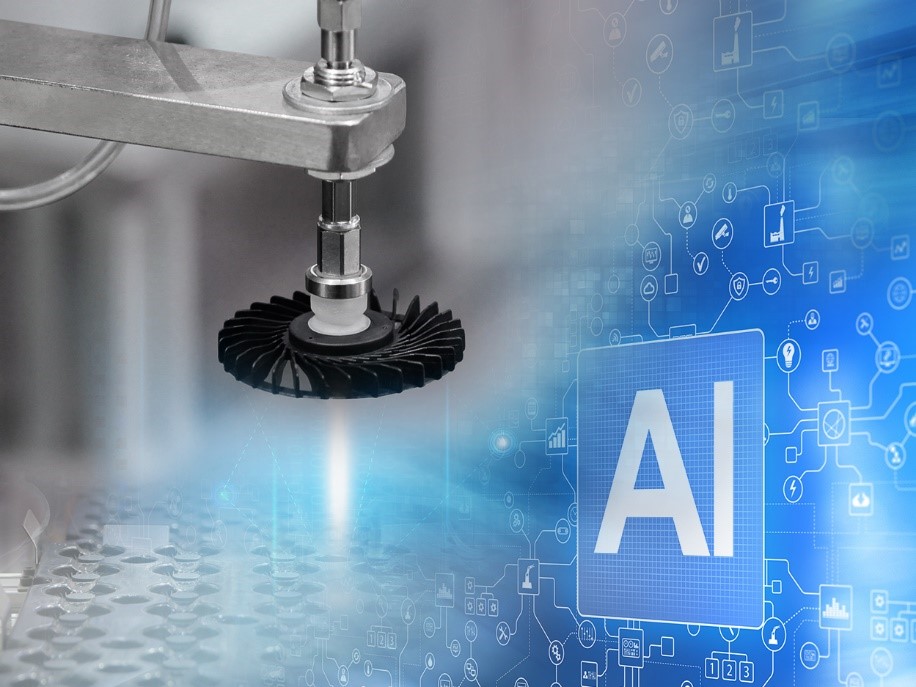
Delta applies AI technologies for fan inspection achieving both zero defects and customer satisfaction
Delta has successfully deployed AI technologies for manufacturing processes, decision-making, and preventive adjustment. AI helps to identify potential defects and facilitates equipment self-tuning to ensure product quality. To improve defect rates and prevent problems, real-time monitoring equipment is essential, but it may be costly to install hundreds of sensors/controllers on one piece of equipment or hundreds of pieces among workshops. It is also quite challenging and expensive to build an IIoT platform for overall equipment connection, acquisition of big data generated during manufacturing, and data computing. Hence, component connectivity is the top priority that Delta takes into consideration before AI can be implemented. The industrial controller connection is at the very beginning for component connectivity. This initial connection enables every single workstation to operate smoothly with maximized performance in both IT & OT layers. Self-learning and self-teaching AI facilitates the digitized operation. Delta leverages such expertise with self-developed technologies and hardware roducts as well as software to vertically expand factory management from the OT layer to the IT layer and to build smart factories with AIoT.
Starting with basic science to implement down-to-earth AIoT with solid industry know-how
While constructing the AIoT framework, Delta understands to achieve the maximum value with data analytics, application scenarios must be considered based on a solid understanding of physical manufacturing characteristicsl.
For example, Delta’s servo press for smart metal forming solution involves cooperating. with the customer in an innovative spirit to turn the physical world into a virtual model. Through the Finite Element Method and Experiment Method, the metal pressing virtual model is simplified. The next step is to generate an AI predictive model with IIoT big data analytics and embed this model into Delta’s AC motor drives. The Delta AC motor drives use the optimization method to calculate and adjust the pressing motion curve and enhance production capacity by 32% without any additional cost. During the manufacturing process, Delta implements Virtual Metrology and Predictive Maintenance with an AI Model on the IIoT platform to build a predictive production pattern with pre-arranged machine tuning and mold repair for the best equipment utilization.















